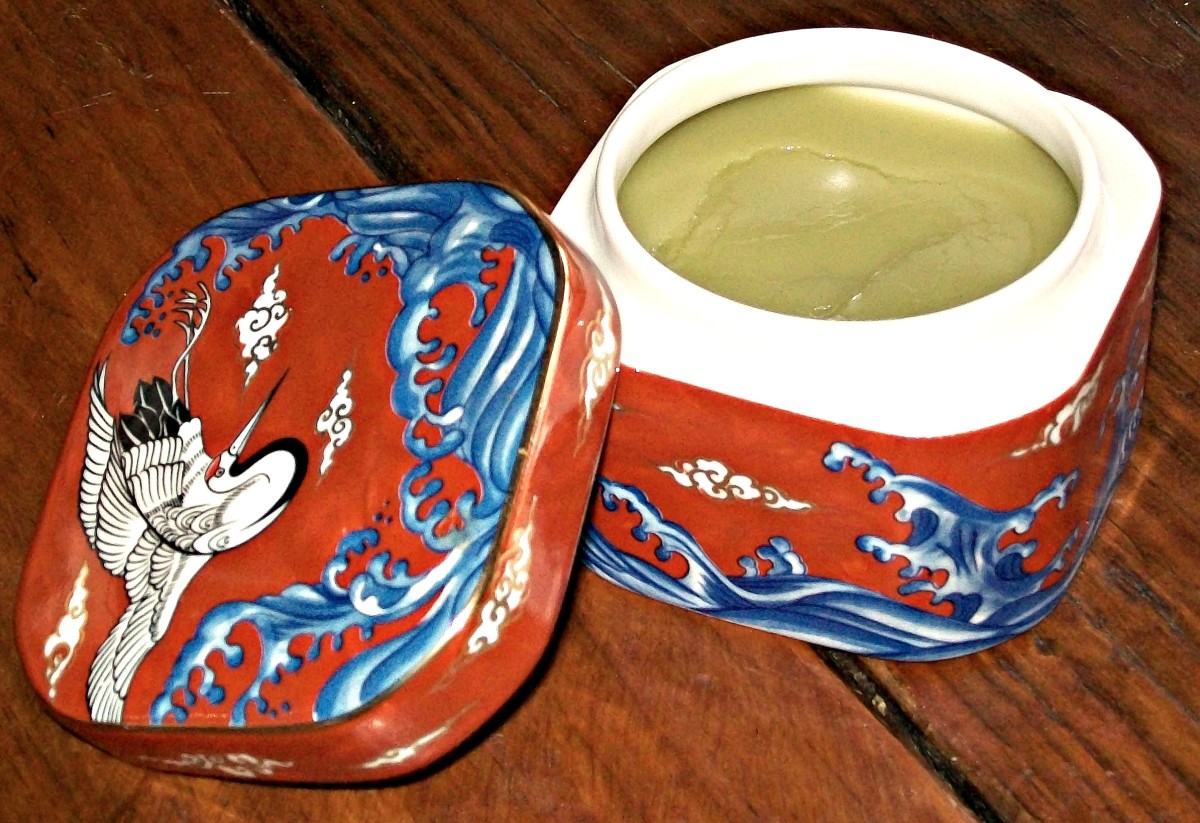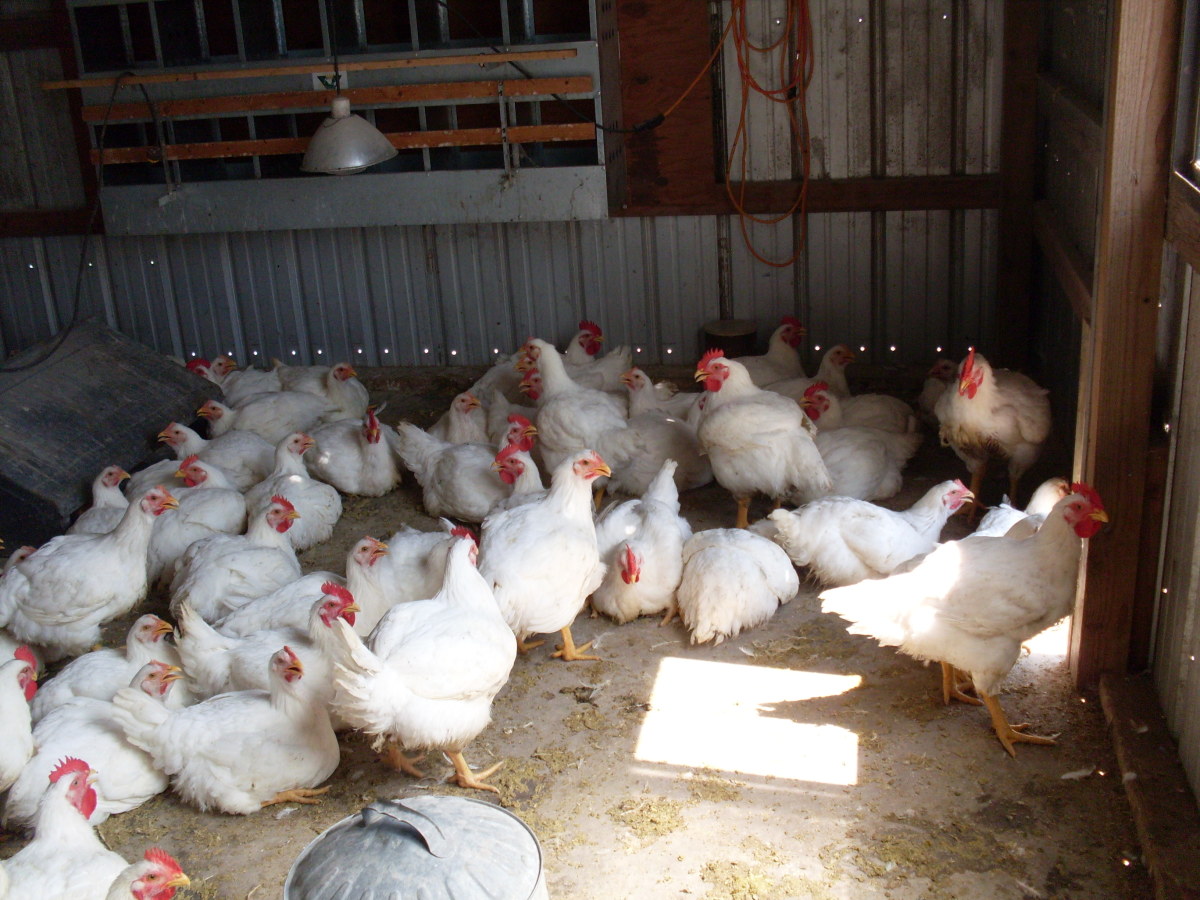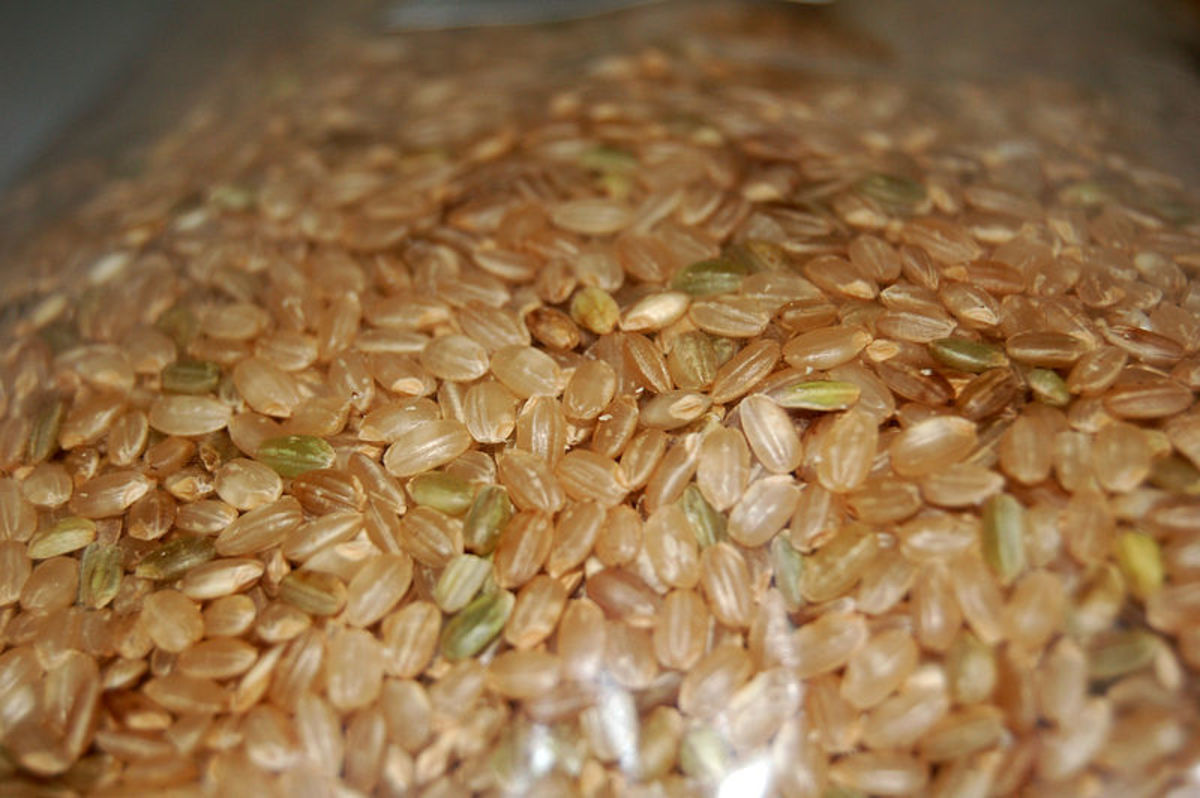How to make your own herb-infused olive oils
Herb-infused olive oils
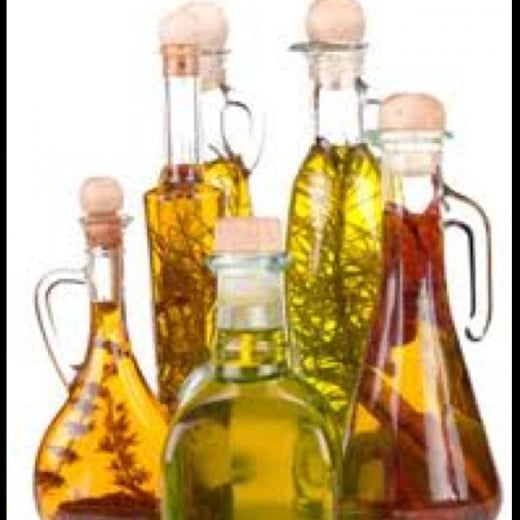
If you love to cook, then you probably have a pantry that is well-stocked with all manner of herb-infused olive oils. However, you don't have to go out and purchase new ones whenever you run—instead, you can learn how to make your own herb-infused olive oils. The process is relatively simple, and the olive oils can be used for all manner of dishes. You can make your own special blends that can be used for stir-fry dishes, on salads, and when sautéing fish, meats or vegetables. After you've made one or two blends, you'll probably find it addictive and begin experimenting to see what other wonderful flavor combinations you can try.
How to make your own herb-infused olive oils
It is a relatively simple process to make your own flavored olive oils. You can find plenty of different recipes to get you started if you aren't sure what type of blends or flavors to make, and I bet you'd find that your meals will taste better when you prepare them with your own homemade blend of herb-infused olive oil rather than a store bought blend. For example, instead of using the simply one or two tablespoons of olive oil that a stir-fry dish might require, why not add a more flavorful blend instead, such as a garlic-infused olive oil or a chili-infused olive oil for a spicier kick?
When you are thinking of what type of mixtures you would like, think about which herbs usually blend well together. Obviously, a savory herbs such as sage, thyme and rosemary always work well together, but you can also get more creative than that and begin adding additional ingredients, such as peppercorns, and a bay leaf.
Will you choose fresh or dried herbs?
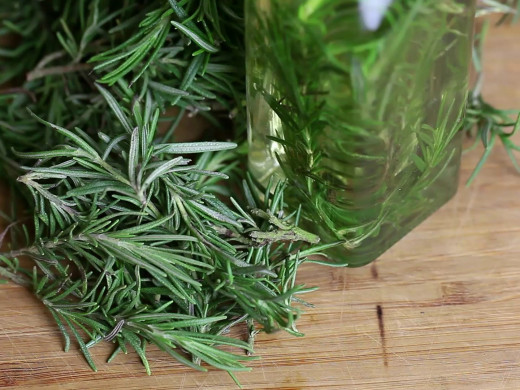
Determine your ingredients
You will also need to determine whether you will be using fresh herbs or dry herbs. You will definitely benefit from a much fresher, stronger flavor if you use fresh herbs, but the blend also won't keep as long as one made with dry herbs. Fresh herb infused olive oil blends will last about a few months, while one made with dry herbs can be good for a year or two before losing flavor, even though the flavor won't be as strong to begin with, unless you have used premium herbs. You can easily find plenty of fresh and dry herbs at any supermarket, and you can also grow your own.
Attractive herb-infused olive oil jars
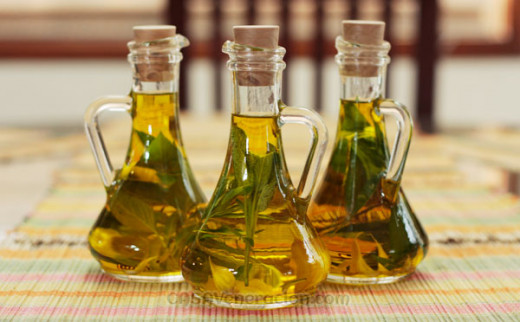
Choose your jars
The best jars to be used for storage are ones that you can be sure are sealed airtight. Jars with rubber stoppers are typically preferred over jars that have metal stoppers or screw on lids, because the metal can corrode after an extended period of time, which will also affect the flavor of the oil. You can typically find jars with rubber stoppers at cooking supply stores, container stores, and of course online.
Preparing the herbs
Follow these easy instructions to learn how to make your own herb-infused olive oil. If using fresh herbs:
- Wash the herbs, and then blanch them in boiling water for about 3 minutes.
- Strain the herbs and place then in cold water for a few seconds.
- If using leafy herbs such as basil or sage, chop them into smaller pieces. You can can leave thyme and rosemary sprigs whole, which also looks nice in the bottle.
- Pat the herbs as completely dry as possible. It is a good idea to let them dry out in a sunny spot, or to leave them overnight to be sure that they are completely dry. Olive oil will prevent bacteria from growing, which would spoil the herbs, but if there is any water left on the herbs, bacteria can still grow even within the olive oil, which is why it is essential that they are dry.
- Fill the jar about 1/4 of the way with the herbs you are using, or place the stalks in the jar.
- Top with the oil, and seal the jar. Store it for about a month for maximum flavor.
If you are working with dried herbs, its much easier. Simply fill the jar or bottle about 1/4 of the way, and top with the oil.
Complete the process
After you have placed the herbs in the jar or bottle, fill the bottle with the olive oil and seal it. The best oil to use is either virgin or extra virgin olive oil. Over the course of a month, the oil will absorb the flavors of the herbs and any other ingredients you have put in the jar.
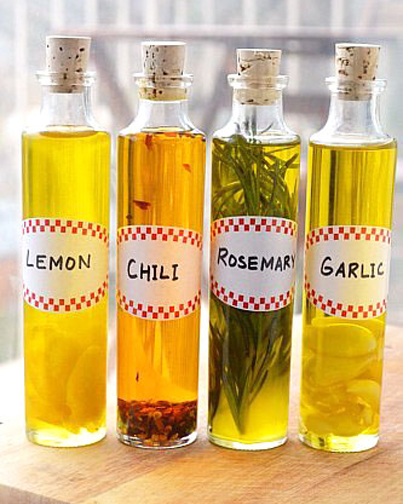
Proper storage of your homemade herb-infused olive oils
If you have used fresh herbs, it might be a good idea to keep the herb infuse olive oil in the fridge and to use the oil within a week to a month. If you think that you would like to be able to have it last longer, then it would be beneficial to first preserve the fresh herbs in vinegar for a day, and then allow them to dry completely. This will ensure that all the water has been removed without destroying the essential oils, and the fresh herbs will last much longer. This is recommended if you've added some ingredients that naturally contain some moisture, such as garlic or lemon slices. Store the bottles in a cool, dry place.



